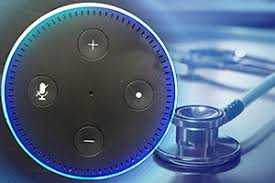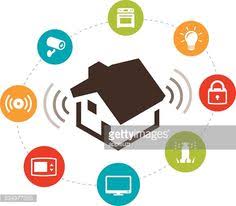Older adults can save tens of thousands of dollars annually by choosing assisted living communities over aging in place in their homes.
Unlike point solutions, Inspiren unifies resident safety, care planning, staffing, and emergency response into a single AI-powered platform.
An artificial intelligence-powered virtual assistant platform for senior living and care providers.

 The aging population has significant implications. Consider a few assumptions:
The aging population has significant implications. Consider a few assumptions:  The AI infrastructure juggernaut is on – consumers hesitate and deployment is cautious. Parallel tracks are emerging. Investment by the
The AI infrastructure juggernaut is on – consumers hesitate and deployment is cautious. Parallel tracks are emerging. Investment by the  Future staffing demand will force industry to rethink care strategies. According to BLS, the industry will need
Future staffing demand will force industry to rethink care strategies. According to BLS, the industry will need  Future staffing demand will force industry to rethink care strategies. According to BLS, the industry will need
Future staffing demand will force industry to rethink care strategies. According to BLS, the industry will need